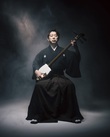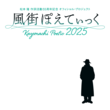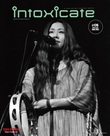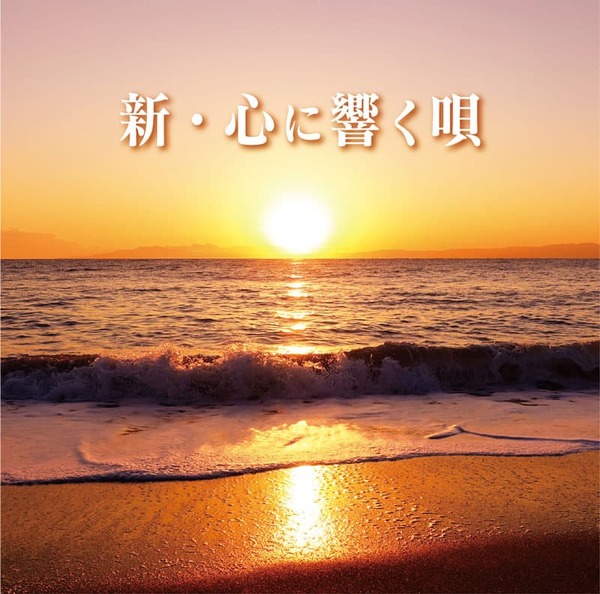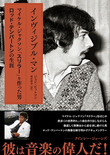Kimiko Itoh “Tsugaru Ben Jazz - Jazz Dabe! Jazz Dasa!”
Interview & text by: Hajime Oishi
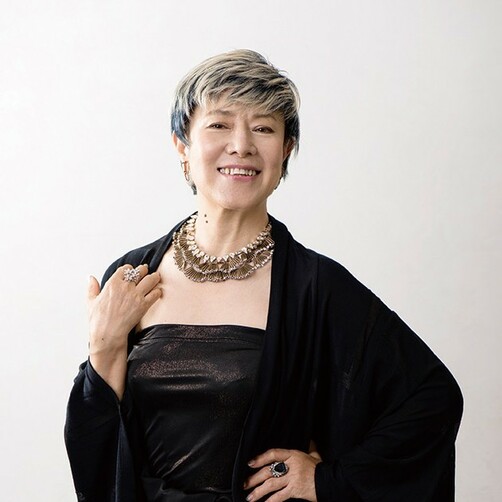
Letting the World Know the Warm and Mellow Allure of Tsugaru-ben (dialect spoken in the Tsugaru area) Through Jazz
Kimiko Itoh, who has been performing as a jazz singer since 80s, found another life’s work – the Tsugaru-ben jazz. People tend to cite Tsugaru-ben as a provincial dialect, however, what Kimiko has been working on is not a concept album or something making fun of it. Her new album “Tsugaru Ben Jazz - Jazz Dabe! Jazz Dasa!” is the first Tsugaru-ben jazz album since the release of “Tsugaru Ben Jazz - Jazz Daga? Jazz Daja!” in 2007, and is yet again a piece of work that is full of the allure of the Tsugaru dialect.
Itoh grew up on a small island called Shodo Island located in the Seto Inland Sea. Therefore, she was not really familiar with Tsugaru-ben from the beginning. As she says, “For me it was just another dialect spoken in Tohoku region.” However, one day she was asked if she was interested in singing jazz in Tsugaru-ben by Kappei Ina, who is an entertainer working on a conservation project of the Tsugaru dialect. That’s when she decided to embark on this unprecedented project called Tsugaru-ben Jazz.
“Tsugaru-ben has more than five vowels. For example, there is a subtle sound between ‘a’ and ‘i,’ which I found very interesting. Also, the local people’s passion about their own dialect inspired me. They really passionate about it. They, as well as Ina, would say, ‘We must pass it down to the next generation.
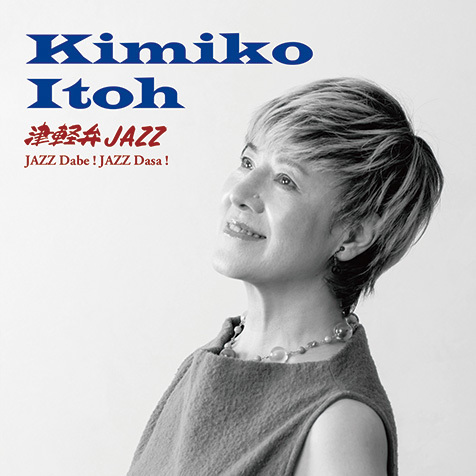
All the tracks in this new album “Tsugaru Ben Jazz - Jazz Dabe! Jazz Dasa!” are well-known standard jazz numbers such as “Save the Last Dance for Me” and “What a Wonderful World.” Their all-in-Tsugaru-ben lyrics close in with the ring that will make listeners wonder what language is being used on first listen.
“I asked Ina to translate the lyrics into Tsugaru-ben and when it was all done, he checked them closely to make sure they would fit the melody. However, it’s probably too hard for non-Tsugaru-ben speakers to instantly figure out what language it is since we use advanced Tsugaru-ben. It was difficult to decide how much we should preserve the original wordings.”
As special guests, Chikuzen Sato (singer-songwriter/producer) and a Tsugaru-shamisen player Hiromitsu Agatsuma are playing on the album. Takana Miyamoto, who is an internationally acclaimed pianist, composer, and music producer, worked as the arranger and producer.
“There seems to be some expressions that Mr. Sato didn’t know even though he is originally from Aomori in which the Tsugaru area is situated. He said to me, ‘I should’ve been the one who started this project (laughs).’”
It’s not unusual in the world music scene that conservation projects for a dialect collaborate with music, but what Itoh has done is extremely meaningful since jazz is a music mostly sang in English or standard Japanese (spoken in Tokyo). And more than anything else, Tsugaru-ben jazz has its own unique sound, through which we can see the richness of their culture and customs.



